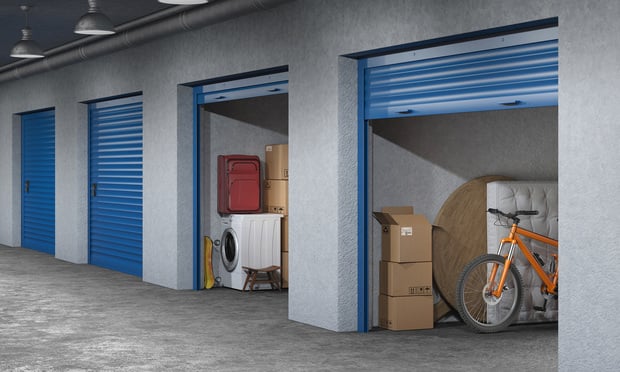DALLAS—Companies left downtown in droves in the 1980s and it went on to have the emptiest office market in the nation in the early 1990s. But that was then and this is now. Dallas' core has been transformed, and while no single strategy or project is credited for the turnaround, there are many projects to highlight.
Hall Group's new 18-story Hall Arts office tower is the first office project built in the central business district in years. In downtown's Arts District, new performance halls and museums have been built. The new Klyde Warren Park is a transformative downtown recreational hot spot built over a below-grade freeway.
And perhaps most importantly, according to Downtown Dallas Inc., the key element was bringing in residential developments to house tens of thousands of new residents. Many older, obsolete office buildings have been converted to residential use, promoting a more active street life and acting as a spark for the area. Those thousands of residential units have been made into primarily rental apartments for young professionals who thrive in urban environments, says ULI.
Recommended For You
Want to continue reading?
Become a Free ALM Digital Reader.
Once you are an ALM Digital Member, you’ll receive:
- Breaking commercial real estate news and analysis, on-site and via our newsletters and custom alerts
- Educational webcasts, white papers, and ebooks from industry thought leaders
- Critical coverage of the property casualty insurance and financial advisory markets on our other ALM sites, PropertyCasualty360 and ThinkAdvisor
Already have an account? Sign In Now
*May exclude premium content© 2025 ALM Global, LLC, All Rights Reserved. Request academic re-use from www.copyright.com. All other uses, submit a request to [email protected]. For more information visit Asset & Logo Licensing.









